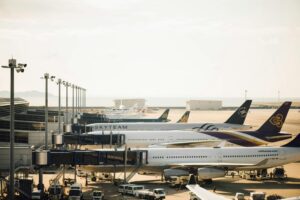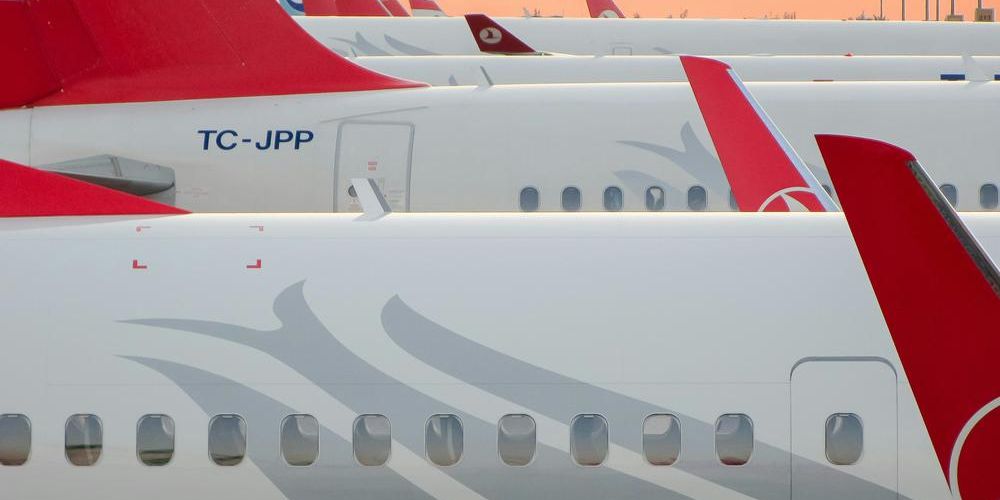The study by the International Air Transport Association looks at the impact of the five-year supply chain crisis that has driven up fares and led to flight cancellations.
Entitled Reviving the Commercial Aircraft Supply Chain, the report addresses supply chain challenges in the aerospace industry and explores the root cause of these challenges, the impact on airlines and initiatives to move the aviation industry forward.
The report says challenges within the aerospace industry’s supply chain are delaying production of new aircraft and parts, resulting in airlines reevaluating their fleet plans and, in many cases, keeping older aircraft flying for extended amounts of time.
The worldwide commercial backlog reached a historic high of more than 17,000 aircraft in 2024, significantly higher than the 2010 to 2019 backlog of around 13,000 aircraft per year.
 In 2024, passenger demand rose 10.4%, exceeding the capacity expansion of 8.7% and pushing load factors to a record 83.5%. The trend in rising passenger demand continues into 2025.
In 2024, passenger demand rose 10.4%, exceeding the capacity expansion of 8.7% and pushing load factors to a record 83.5%. The trend in rising passenger demand continues into 2025.
“Airlines depend on a reliable supply chain to operate and grow their fleets efficiently. Now we have unprecedented waits for aircraft, engines and parts and unpredictable delivery schedules,” said Willie Walsh, IATA’s Director General.
The slow pace of production is estimated to cost the airline industry more than $11 billion in 2025, driven by four main factors:
- Excess fuel costs (~$4.2 billion): Airlines are operating older, less fuel-efficient aircraft because new aircraft deliveries are delayed, leading to higher fuel costs.
- Additional maintenance costs ($3.1 billion): The global fleet is aging, and older aircraft require more frequent and expensive maintenance.
- Increased engine leasing costs ($2.6 billion): Airlines need to lease more engines since engines spend longer on the ground during maintenance. Aircraft lease rates have also risen by 20–30% since 2019
- Surplus inventory holding costs ($1.4 billion): Airlines are stocking more spare parts to mitigate unpredictable supply chain disruptions, increasing inventory costs.
“There is no simple solution to resolving this problem, but there are several actions that could provide some relief,” revealed Mr Walsh.
“To start, opening the aftermarket would help by giving airlines greater choice and access to parts and services.
“In parallel, greater transparency on the state of the supply chain would give airlines the data they need to plan around blockages while helping OEMs to ease underlying bottlenecks,”
>Download the report (pdf)









